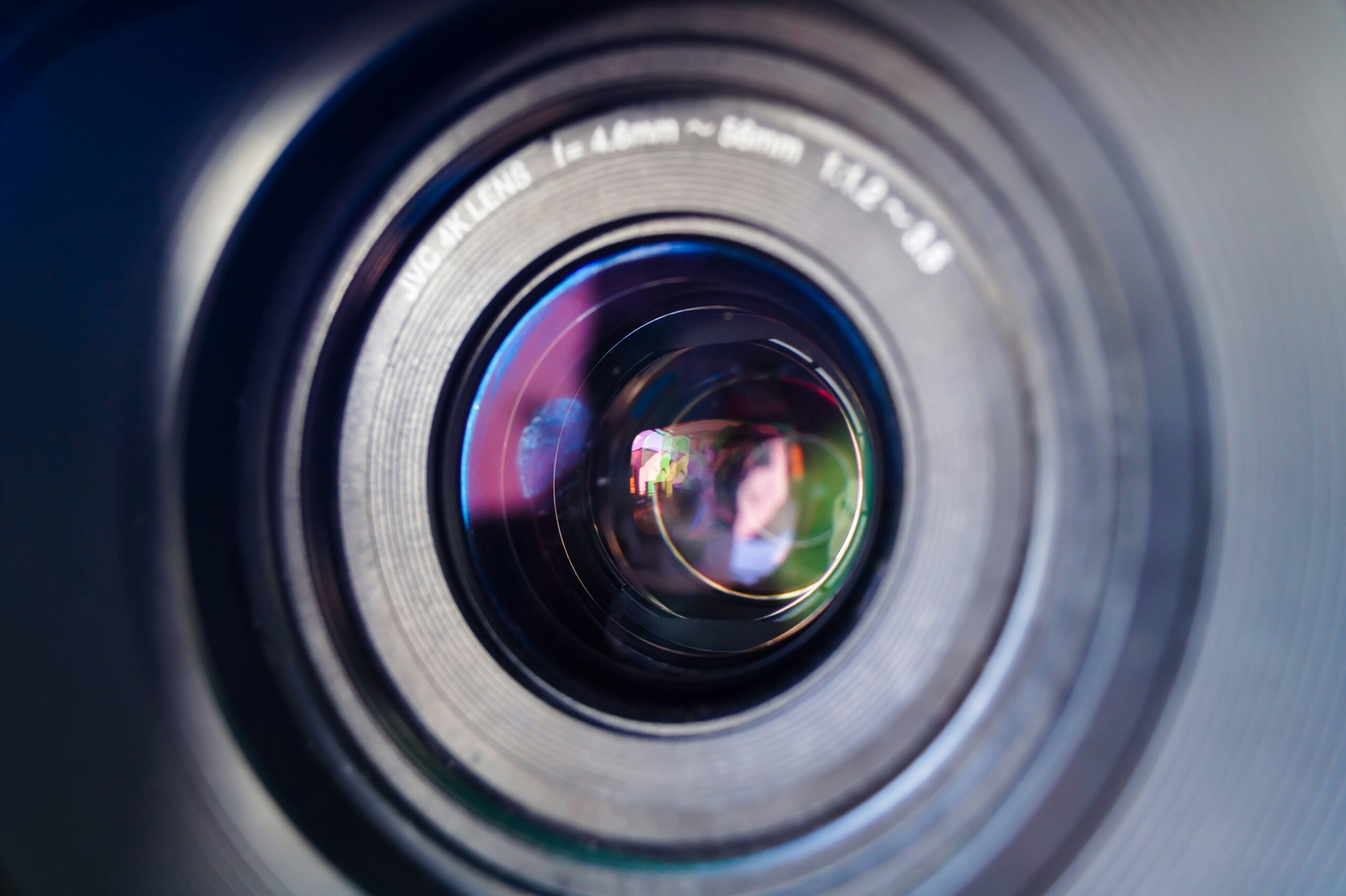In the fascinating world of military optics, one key factor reigns supreme when it comes to achieving optimal brightness and clarity: the objective lens diameter. The size of this lens plays a crucial role in determining the overall performance of the optical system, impacting everything from the amount of light that enters the optic to the sharpness of the image produced. In this article, we will explore how changes in objective lens diameter can significantly influence the visual experience in military optics, shedding light on the importance of this essential component. So grab your gear and join us on this enlightening journey!
Understanding the Basics of Optics
Optics is a branch of physics that focuses on the study of light and the behavior of light when it encounters various materials and structures. In military applications, optics plays a crucial role in enhancing visibility, accuracy, and overall performance of optical devices such as riflescopes, binoculars, and night vision devices. By understanding the fundamental principles behind optics, we can gain insight into how objective lens diameter affects brightness and clarity in military optics.
Introduction to Objective Lens Diameter
Objective lens diameter refers to the diameter of the front lens in an optical device. It is a key factor that determines the amount of light entering the device, consequently influencing the overall brightness and clarity of the image produced. A larger objective lens diameter allows more light to enter the device, resulting in a brighter image. On the other hand, a smaller objective lens diameter restricts the amount of light, resulting in a dimmer image.

Significance of Brightness in Military Optics
Brightness plays a crucial role in military optics as it directly impacts visibility. A brighter image allows for better target acquisition, especially in low light conditions or at a distance. In military operations where split-second decisions are critical, having a bright image can significantly improve situational awareness and increase the chances of success. Therefore, it is essential to understand the relationship between objective lens diameter and brightness to ensure optimal performance in military optics.
Importance of Clarity in Military Optics
Clarity refers to the sharpness and definition of the image produced by an optical device. It is directly correlated with the accuracy of the device, as a clear image enables precise targeting and identification of objects. In military operations, where identification of targets is crucial, having clear optics is of paramount importance. Factors such as lens quality, coating, and environmental conditions can impact clarity. Understanding how objective lens diameter affects clarity is essential in optimizing the performance of military optics.

Correlation between Objective Lens Diameter and Brightness
The mechanism behind the influence of objective lens diameter on brightness lies in its ability to gather light. A larger objective lens diameter collects more light from the surroundings, resulting in a brighter image. Conversely, a smaller objective lens diameter restricts the light entering the device, leading to reduced brightness. By examining the effect of varying lens diameters on brightness, we can determine the ideal objective lens diameter for sufficient brightness in military optics.
Implication of Objective Lens Diameter on Clarity
Objective lens diameter also affects the clarity of the image produced by an optical device. A larger objective lens diameter allows more light to enter, resulting in a brighter and clearer image. However, there is a trade-off between clarity and other factors such as weight and size. While a larger objective lens diameter may offer superior clarity, it also increases the bulkiness of the device. Finding the optimal lens diameter that balances clarity and practicality is crucial in military optics.

Balancing Brightness and Clarity
Achieving a balance between brightness and clarity is essential in military optics. While a brighter image enhances visibility, excessive brightness can reduce clarity and cause glare. On the other hand, prioritizing clarity may result in sacrificing brightness, affecting the device’s performance in low light conditions. Therefore, it is crucial to strike a balance between these two aspects to ensure optimal performance in military operations.
Objective Lens Diameter in Different Military Optics
Objective lens diameter is an important consideration in various military optics, including riflescopes, binoculars, and night vision devices. In riflescopes, objective lens diameter determines the gathering of light, impacting visibility and accuracy. Binoculars, commonly used for surveillance and target acquisition, also rely on objective lens diameter for brightness and clarity. Night vision devices heavily rely on objective lens diameter to enhance visibility in low light conditions. Understanding the implications of lens diameter on different military optics helps in selecting the right equipment for specific operational requirements.
Advancements in Optics Lens Design
Recent advancements in lens design have greatly influenced the brightness and clarity of military optics. Innovative lens technologies, such as low-dispersion glass, multiple lens layers, and advanced lens coatings, have significantly improved light transmission and minimized optical aberrations. These advancements have led to brighter and clearer images, enhancing the overall performance of military optics. Ongoing research and development in optics lens technology hold the potential for further improvements in brightness and clarity.
Concluding Remarks on Objective Lens Diameter in Military Optics
Objective lens diameter plays a vital role in determining the brightness and clarity of images in military optics. By understanding the influence of lens diameter on these aspects, we can optimize the performance of optical devices used in military applications. It is crucial to strike a balance between brightness and clarity, considering factors such as lens technology, environmental conditions, and operational requirements. Ongoing research and development in optics lens design will continue to shape the future of military optics, ensuring the provision of bright and clear images for enhanced situational awareness and operational success.
